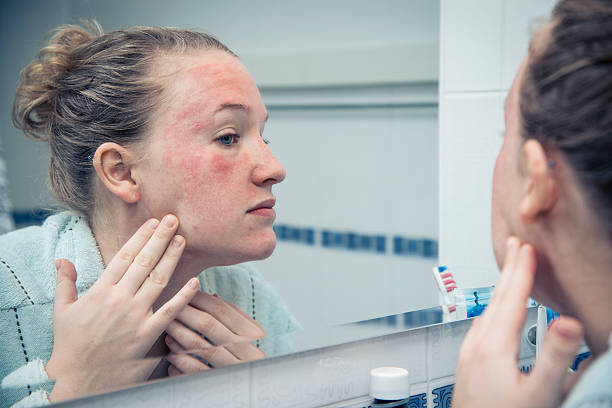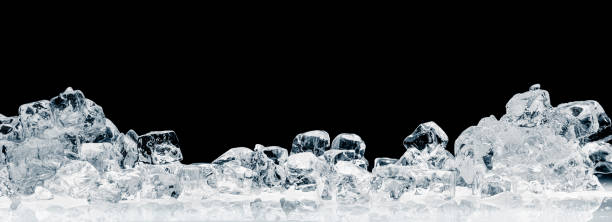Skin irritation treatment after peeling
Skin irritation treatment after peeling

Did you exfoliate recently and suffer from skin irritation? Do you know how to treat skin irritation after peeling? Learn with us in this article about the treatment of skin irritation after peeling.
Peeling is used as a treatment to improve the appearance of the skin, but skin irritation may occur sometimes, so the person needs to treat skin irritation after peeling. Read more with us between the following lines about treating skin irritation after peeling:
The occurrence of skin irritation after peeling is very common, especially for those with sensitive skin, and this irritation can last for 2-5 days after peeling, as the skin becomes more sensitive to sunlight, peeling is usually used to remove damaged skin cells and reveal healthy, fresher and brighter skin .
Skin irritation after peeling can be treated as follows:
1. Use ice

Applying ice immediately to the skin helps reduce skin irritation, as cold compresses and ice help treat skin irritation after peeling.
2. Use of steroids
Applying topical steroids, such as hydrocortisone and fluticasone, helps treat skin irritation after peeling.
3. Calamine lotion
Topical calamine lotion is very helpful in treating skin irritations, as it soothes the skin, and is used topically.
4. Moisturizers and sunscreens
A person should use skin moisturizers daily to reduce skin irritation, and use protective ointments, such as: Vaseline.
The use of sunscreen is also very important in treating skin irritation after peeling.
5. Take painkillers
Painkillers can be used to relieve pain, such as: ibuprofen and naproxen.
Tips to maintain the skin after peeling
Proper skin care after peeling is very important, as it helps speed up the healing process, maintain results for a longer period, prevent infection, and other benefits.
Among the tips that help maintain the skin after peeling:
Always clean skin
The skin should always be kept clean by using water and the special lotion recommended by the doctor after peeling.
Change the bandage
The doctor may need to apply the bandage after performing a medium or deep peeling, which is one of the types of peeling that is performed in doctors' offices. The patient must commit to changing the bandage and applying the ointment permanently.
Moisturizing the skin
The skin must be kept moisturized daily using medical moisturizers, in order to prevent the appearance of scars.
Avoid exposure to the sun
The patient is prevented from exposure to sunlight throughout the recovery period after peeling, and he must use sunscreen daily for fear of skin damage due to sunlight.
Apply tretinoin cream
The doctor may recommend using Tretinoin cream every night, as the person starts using it 2-3 weeks after peeling.
It should be noted that it should only be used under the supervision of a physician.
Not using tanning beds
Do not use indoor or outdoor tanning beds during the healing process after the peel.
Is peeling suitable for all skin types?
Peeling is suitable for almost all skin types, but some people with darker skin may be at risk of developing hyperpigmentation syndrome, which makes the skin appear darker than it was.
There are also some people who may not undergo peeling for some reasons, including:
A prior history of abnormal skin scarring.
Infection with skin diseases.
Using drugs that increase skin sensitivity.
Inability to stay out of the sun during the recovery period.

